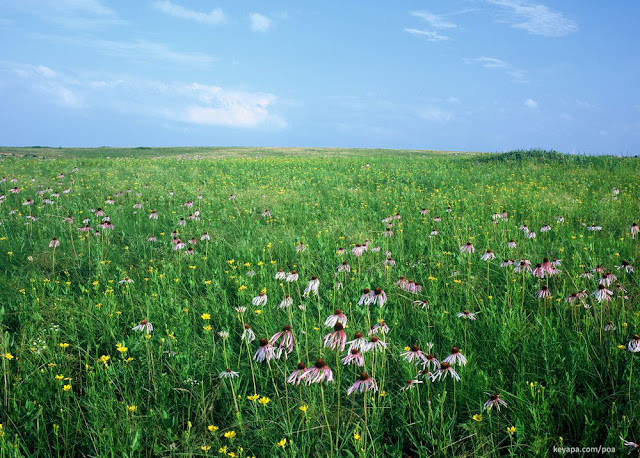 |
| Spiral leaves |
I was walking along a sidewalk path during one of my afternoon strolls, when I suddenly spotted a specimen that seemed to be a bit unusual.
It was growing next to a construction area, and when I came closer to take a look at it, I realized it was because the plant had quite attractive spiral leaves.
Was this a genotypic attribute of the species or variety, or a result of some abiotic or biotic condition that was fleeting and would disappear when the condition was removed?
When I got home I immediately started googling for any other cases of this phenomenon.
I did find a sedge that had really twisty leaves called Juncus effusus 'Spiralis', but the specimen I found looked different. There was also talk about how such a form seems to be prevalent in arid and windy regions, perhaps in order to resist the damaging effects of wind. Others hypothesized that such a form would be optimized for photosynthesis, since no matter the location of the sun, some part of the leaf would be placed to intercept its rays. The grass Danthonia spicata has twisted wiry leaves when dried, but these leaves were fresh looking and new, and not wiry at all, so I did not think it was this species.
 |
| Twisting or spiral appearance of the flag leaf can be caused by low temperatures (Lindsey et al, 2020) |
I also found a paper that noted that the flag leaf of winter wheat (usually Triticum aestivum) can form a spiral when damaged by freezing temperatures (Lindsey et al, 2020, see image above). This effect was accompanied by yellowing or browning of the leaf, something which I did not see in the specimen.
Lindsey, Laura & Alt, Douglas & Lindsey, Alexander. (2020). Freeze symptoms and associated yield loss in soft red winter wheat. Crop, Forage & Turfgrass Management. 7. 10.1002/cft2.20078.






